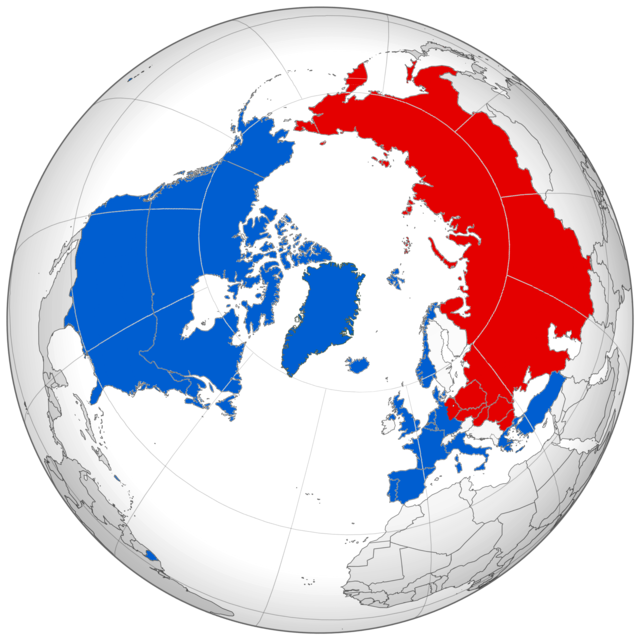The Fall of the Roman Empire
The tale of the Roman Empire is one of grandeur, power, and eventual collapse. This ancient powerhouse, which once dominated the known world, fell into the annals of history, leaving behind a myriad of theories about its demise. Let’s delve into the reasons why the mighty Roman Empire crumbled, examining the complex tapestry that weaves together political, economic, and military factors.

Political Instability
Political instability played a role in the decline of the Roman Empire. Of being as sturdy, as a constructed fortress Romes political structure developed deep cracks that weakened its foundation. The empire went through a series of leadership changes characterized by assassinations, power struggles and lived rulers. These unstable circumstances created an atmosphere of uncertainty that made it challenging for the empire to effectively tackle its problems.
Economic Strain
The Roman Empire faced strain akin to a leak slowly draining its imperial coffers. Excessive government spending emerged as one issue. In their pursuit of grandeur the Romans embarked on construction projects, extravagant public events and costly military campaigns. This lavish expenditure along with corruption and tax evasion imposed a burden on the economy.
Similar to a tuned machine the Roman economy demanded care and maintenance. However as the empire expanded, managing and sustaining such an system became increasingly challenging. The heavy reliance, on slave labor also impeded innovation. Hindered the development of a more dynamic and sustainable workforce.
Military Woes
The Roman military, once an unparalleled force, saw a decline in both skill and discipline. The Roman legions, akin to a well-trained pack of wolves, became fragmented and less effective. Several factors played a role in the military’s weakening grip.
Firstly, the recruitment of non-Roman soldiers, known as mercenaries, introduced a new dynamic to the once highly disciplined legions. These mercenaries often lacked the loyalty and commitment of Roman citizens, leading to a decline in the overall effectiveness of the military.
Secondly, the vastness of the empire strained its resources, making it challenging to defend the extensive borders. The Roman Empire became like a stretched rubber band, vulnerable at its fringes. Barbarian invasions, particularly by the Visigoths and Vandals, further weakened the Roman military, exposing the empire to external threats.
Division of the Empire
The decision to divide the Roman Empire into the Western and Eastern Roman Empires, although initially seen as a pragmatic move, had long-term consequences. The division created a rift, much like splitting a sturdy oak tree in two. The Western Roman Empire, encompassing Europe and North Africa, faced greater challenges than its Eastern counterpart.
The Eastern Roman Empire, often referred to as the Byzantine Empire, continued to thrive for centuries after the fall of the Western Roman Empire. This division not only weakened the overall strength of the empire but also left the Western part more susceptible to external pressures.
Overextension
The Roman Empire’s insatiable appetite for expansion led to overextension, akin to a snake stretching itself beyond its limits. Conquering vast territories may have bolstered the empire’s pride, but it also strained its resources and administrative capacity. The overextended empire struggled to govern and defend its sprawling domains effectively.
For example, the Roman Empire’s conquest of Britain added a significant burden. The distance and unfamiliar terrain made it challenging to maintain control and suppress revolts. Overextension, combined with the inherent difficulty of managing such a vast empire, contributed to the decline and fall of Rome.
Environmental Factors
While human actions played a substantial role in the fall of the Roman Empire, environmental factors also played a part. The climate, much like an unseen hand, influenced the empire’s agricultural productivity.
Several periods of unfavorable weather conditions, including droughts and cold spells, affected crop yields. This led to food shortages and increased the cost of maintaining a standing army. The Roman Empire, despite its military might, was vulnerable to the whims of nature, demonstrating the interconnectedness between human affairs and the environment.
In unraveling the reasons behind the fall of the Roman Empire, we find a complex interplay of political instability, economic strain, military challenges, division, overextension, and environmental factors. Like a chain, each link contributed to the eventual collapse. The lessons from Rome’s decline remind us of the delicate balance required to sustain an empire and the consequences of neglecting the pillars that support its grandeur.
However, history is not a static blueprint; it is a living testament to the rise and fall of civilizations. The fall of the Roman Empire provides valuable insights into the fragility of power and the importance of adapting to changing circumstances. As we navigate our own complex world, we can draw inspiration from the lessons of Rome, striving to build societies that are resilient, adaptable, and mindful of the intricate web that binds us to our collective fate.








